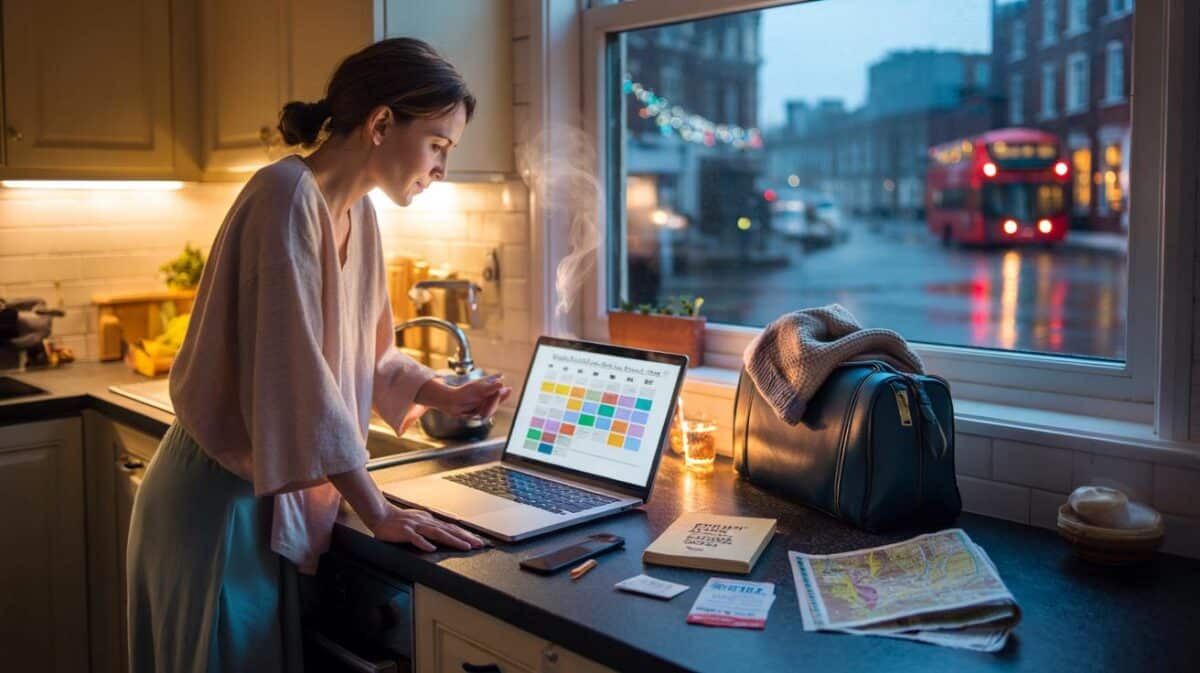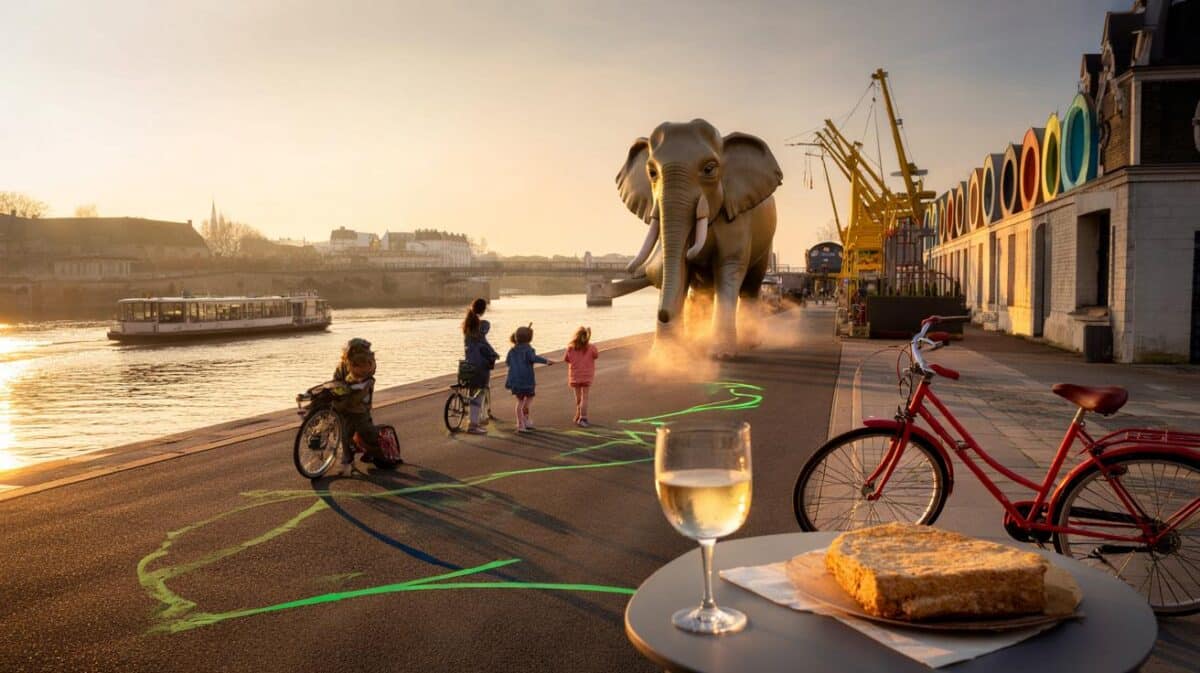Ten towns, ten flavours, ten brief romances. One of them keeps tugging me back by the sleeve. It isn’t Barcelona with its bustle, nor Madrid with its midnight charm. It’s a little white knot on the Costa Brava, two and a half hours of hairpins east of Figueres, where boats clink like glass and the wind tells old stories. Every time I leave, I plan my return on the bus home. Every time I return, I remember why.
The afternoon I first met Cadaqués, a tramontana wind was combing the bay flat and bright. Grannies in navy cardigans sat on low chairs, peeling prawns like it was nothing. A fisherman rinsed nets in seawater and laughed at my accent. Anchovies glowed silver in a window. I walked the cobbles with wet-sand calves and a paper cone of fried baby squid, letting the salt do its work. *I went quiet, and that almost never happens.* The church bell stuttered. Somewhere, an espresso hissed. And then the light did its trick.
The town I can’t quit: Cadaqués
It’s not a secret. Not really. Cadaqués is the whitewashed hinge between the Pyrenees and the sea, a tight scramble of lanes around a cove so clear you’ll consider swimming before breakfast. The facades are lime-bright, the shutters marine blue, the bougainvillea loud enough to stop you. You half-expect Dalí to tip his hat around a corner, and he sort of does — in the surreal silhouettes of rock at Cap de Creus, in the playful windows of Portlligat. **What keeps me coming back isn’t just beauty; it’s scale.** A human-size town you can hold in your head.
On my second visit, I arrived on a winter Sunday when the air felt like polished glass. The baker wrapped a warm coca de llardons for my walk, and the only queue in town was for vermut at noon. In summer, you’ll need to book the Dalí House Museum days ahead; there are limited slots and they go fast, especially in August when the population swells beyond its 2,800 locals. In October, I had Cala Jugadora to myself. Two cormorants, a flask of coffee, and a sky writing its own manifesto.
The pull is a simple equation. Low-rise houses mean no shadows racing you down the streets. The old town is mostly car-free, so your thoughts slow to walking speed. Restaurants like Casa Anita and Compartir trade on conversation as much as cuisine, and the waiters remember your face, if not your name. Light ricochets gently off the bay, and the tramontana scrubs the air clean. You breathe deeper without noticing. We’ve all had that moment when a place chooses us, not the other way round.
How to live it, not just tick it
Arrive early evening and walk the seafront without your phone. Start at the bronze of Dalí near the beach, pass the bobbing llaüts, and keep going until the pavement turns to rock. Swim if the water calls. Breakfast on pa amb tomàquet and a wedge of tortilla at a corner bar, then wander uphill to Santa Maria for a slow look at the sea-framed windows. In the afternoon, hike the coastal path to the Cap de Creus lighthouse. Order a small beer and watch the land fray into jagged islands.
Common missteps? Turning up in August at midday and wondering why parking is a myth. Expecting sand when most beaches are pebbly, then hopping like a cat. Looking for dinner at 6pm and finding only siestas. Don’t sprint. Book the Dalí House Museum in Portlligat before your trip, and if you can, pick shoulder months: late May, mid-September, even January for crisp, empty days. Let’s be honest: nobody does this every day. So protect the moments you can have.
Portions here suit conversation. Order a shared table at Casa Anita and trust the room; plates of grilled fish come when they’re ready, not when an app tells you. Try anchovies cured right there, citrus-zipped and briny. **If you can, give yourself one night to be the last to leave a tiny bar; the town sounds different at 1am.**
“The wind keeps the town honest,” Jordi, a fisherman, told me, knotting rope with gloomy hands. “When it blows, everyone stays humble. When it rests, we all forgive each other.”
- Do as locals do: vermut at noon, swim at sunset, long coffee after lunch.
- Bring water shoes for pebbly coves and a light jacket for the tramontana.
- Skip the car in the old town; park on the edge and walk in.
- Book Dalí House early; go to Compartir for a splurge and a smile.
- Carry cash; some little places still prefer coins to cards.
Why it beats the obvious choices
Barcelona shouts. Madrid sings. Cadaqués hums under its breath and lets you join the chorus. You can cross town in ten minutes and still find something new on the fifth morning: a mosaic in a doorway, a fisherman’s name burned into an oar, a tiny shrine where somebody left a lemon. The drama is all geological — cliffs gnawed by time, rock gardens that look like they’ve been sculpted by a giant hand. And yes, Dalí knew what he was doing when he built his dreamlike house where the cove folds around you like a pocket.
Practicalities sweeten the deal. Barcelona Nord has direct buses to Cadaqués in high season, though I prefer the train to Figueres Vilafant and the bus over the hills. The ride twists and teases out the first glimpse of the bay, which feels like a reveal every time. You can rent kayaks on calm days and slide into secret coves, or just walk twenty minutes to Cala Nans and feel your heartbeat find a more honest tempo. **Smallness here is not a limitation — it’s the point.**
Food is a gentle education, not a checklist. Start with escalivada and a glass of Empordà white, then chase it with suquet de peix that tastes like a boat and a poem. Dessert might be a crema catalana with a burnt sugar lid someone cracked for you. If you want a morning away, hop to nearby Cadaqués vineyards or Figueres for the larger Dalí Theatre-Museum, then return before dusk, when the town switches on its soft lamps and the boats become punctuation marks on the water.
The part that stays with you
There’s the photograph you’ll take — the classic curve of the bay from the church steps — and then there’s the one that lives in your head. Mine is the way the town exhales after the day-trippers leave, a hush made of plates clinking and slippers on stairs. People talk softly. Dogs perform quality control on fallen crisps. Somewhere a radio plays boleros that leak into the street. I think of all the towns I’ve loved in Spain, and how this one keeps finding a way into my calendar.
Maybe it’s the way mornings arrive here. Clean, pale, practical. You tie your laces and you’re already out. The sea holds your attention like a kind teacher. You promise yourself you’ll come back when the figs are ripe, or when the first swims of spring are just starting, or when winter turns the rocks into sculpture. And then you do. Or you try. The pull is never loud, but it never lets go.
| Point clé | Détail | Intérêt pour le lecteur |
|---|---|---|
| Best time to go | Late May, mid-September to October, crisp winter weekends | Avoid crowds and high prices, catch the town in its honest rhythm |
| Signature experiences | Dalí House in Portlligat, hike to Cap de Creus, vermut at noon | Mix art, nature and simple rituals that feel like yours |
| Practical moves | Train to Figueres + bus, water shoes, bookings for popular spots | Save time, save toes, and actually get in where you want |
FAQ :
- Is Cadaqués good for a weekend or a full week?Two to three days will give you the town and Cap de Creus. A week works if you want lazy swims, day trips to vineyards, and a second run at the Dalí House.
- Can you do it without a car?Yes. Trains to Figueres Vilafant and buses over the hill make it doable. Once in town, you’ll walk everywhere and love that your pace has gears again.
- Where should I eat for a treat and for a simple lunch?Splurge at Compartir for playful plates with local soul. For a low-key lunch, try Casa Anita or a seaside bar for anchovies, tortilla, and a cold beer.
- What about beaches — are they sandy?Mostly pebbly coves. Bring water shoes and a thin towel. The trade-off is crystal water where you can count your toes.
- Is it family-friendly?Very, though pushchairs and cobbles are not best friends. Choose a stay near the seafront, plan early swims, and let kids clamber around Cap de Creus when the sun is softer.








